10 Small But Lethal Animals You Should Definitely Avoid (And 3 That Won’t Harm You)
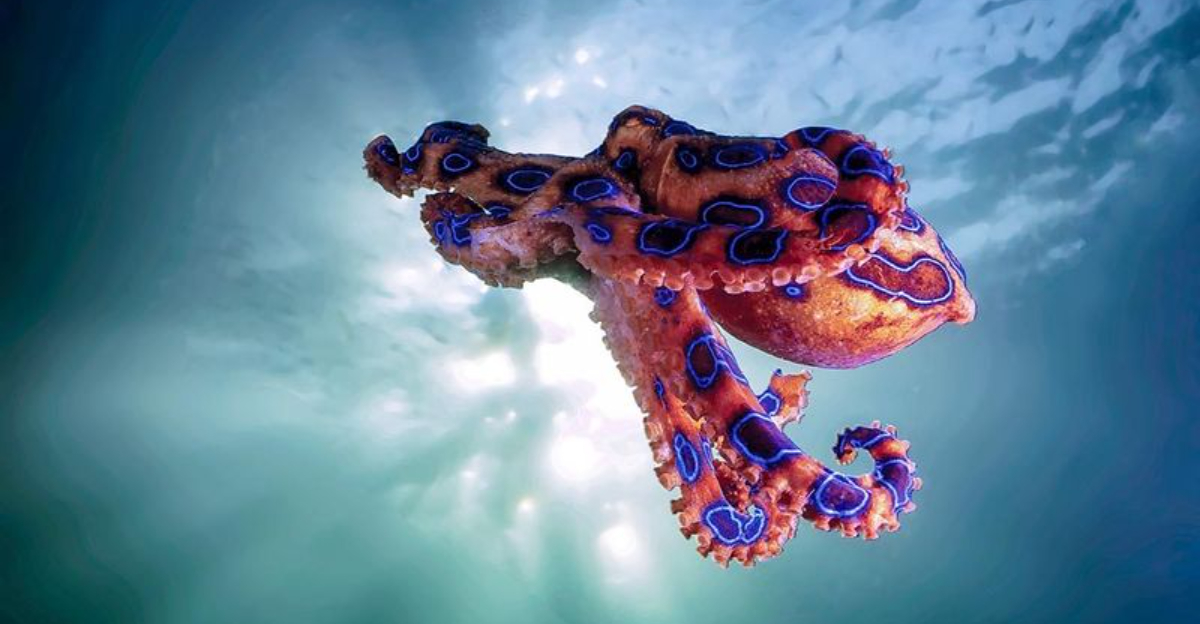
Not all threats come in large packages. Some of the world’s deadliest creatures are small enough to fit in your palm or even go unnoticed.
While these tiny terrors pack a powerful punch, there are also some harmless lookalikes that get an unfairly bad reputation. Let’s explore which mini-monsters deserve your caution and which ones are actually gentle friends.
1. Blue-Ringed Octopus: Tiny Ocean Assassin
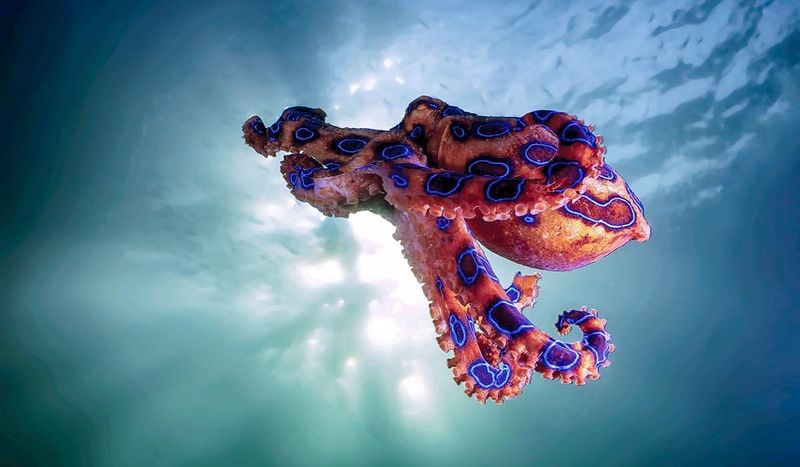
Those beautiful blue rings aren’t just for show – they’re a warning sign. This golf-ball-sized octopus carries enough venom to kill 26 adults within minutes.
Swimmers in Australian waters might spot this colorful creature, but its bite is nearly painless, making the danger easy to overlook until breathing becomes difficult and paralysis sets in.
2. Poison Dart Frog: Colorful Death Trap
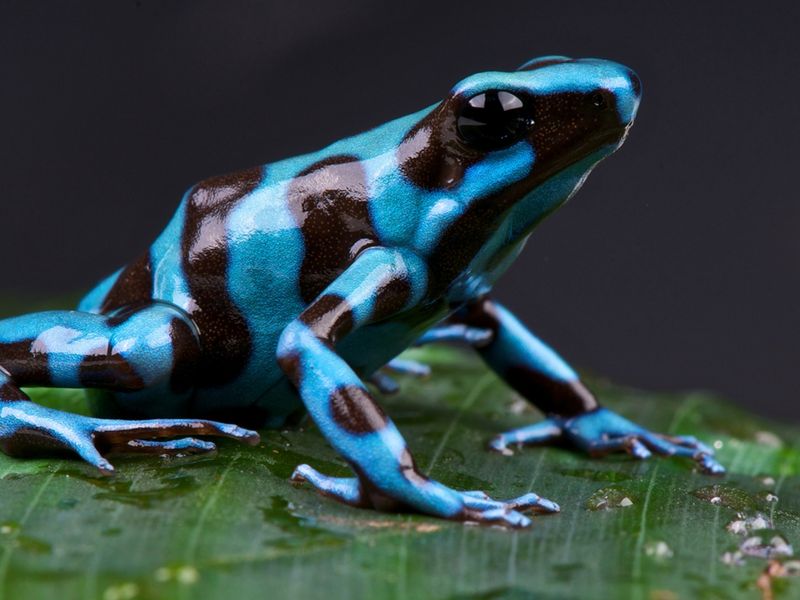
Flashing neon colors that scream ‘don’t touch me,’ these thumb-sized amphibians aren’t being dramatic. A single golden poison dart frog contains enough toxin to kill 10 grown men.
Native to rainforests in Central and South America, their poison comes from their diet of specific insects. Amazingly, captive-bred frogs aren’t toxic at all!
3. Irukandji Jellyfish: Invisible Pain-Bringer
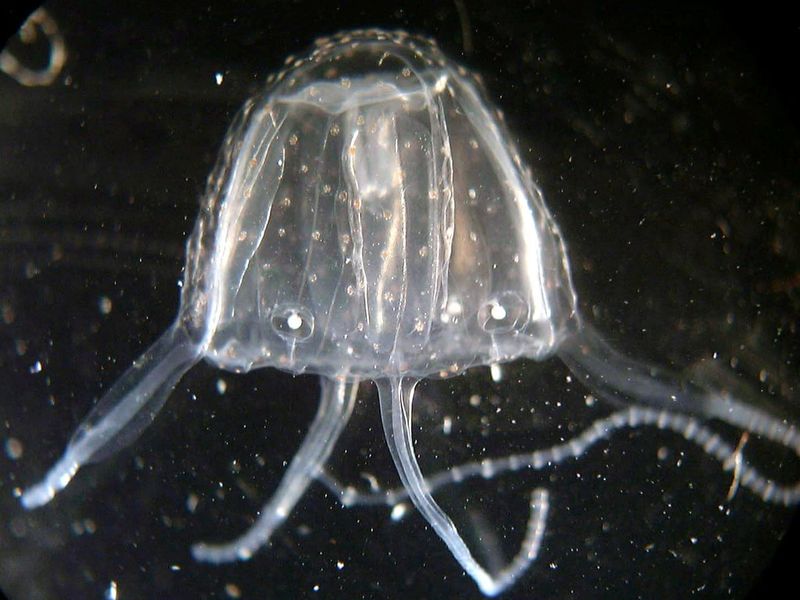
Barely the size of your fingernail, this transparent jellyfish delivers what doctors call the most painful sting known to humans. Found mainly in Australian waters, its venom causes the horrifying ‘Irukandji syndrome.’
Victims experience excruciating pain, vomiting, and a sense of impending doom so severe that some beg doctors to let them die.
4. Deathstalker Scorpion: Desert Nightmare
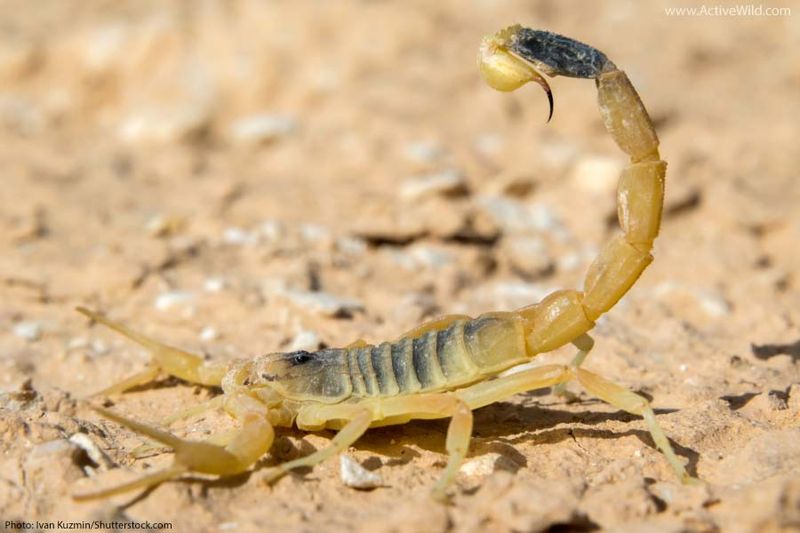
Glowing neon green under UV light, this Middle Eastern scorpion packs a punch far beyond its 3-inch frame. Its venom is a cocktail of neurotoxins that can cause heart failure and pulmonary edema.
Children and elderly people are particularly vulnerable to its sting. Ironically, compounds in its venom are being studied as potential treatments for brain tumors and diabetes.
5. Cone Snail: Beautiful Shell, Deadly Harpoon
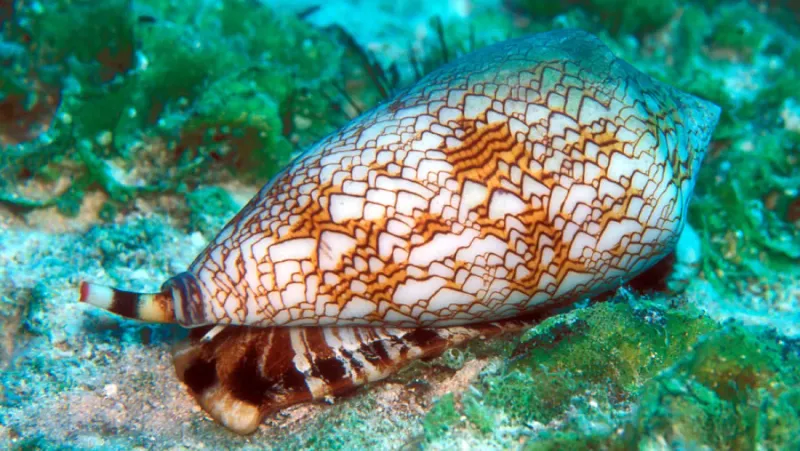
Beach collectors beware! That gorgeous shell might house a killer. Cone snails fire venomous harpoons that can penetrate wetsuits and deliver a cocktail of over 100 different toxins.
There’s no antivenin available, and a single sting can cause paralysis within minutes. Some species’ venom is so potent that one drop could kill up to 20 people.
6. Sydney Funnel-web Spider: Urban Terror
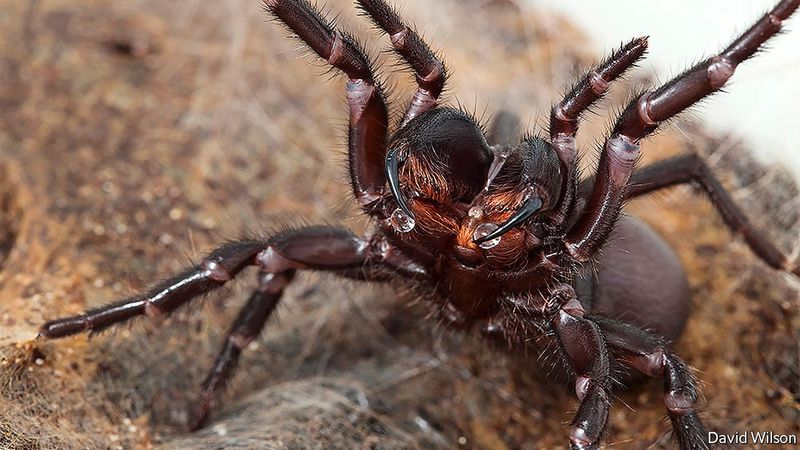
Lurking in gardens across Australia’s most populated city, these aggressive spiders don’t mess around. When threatened, they rear up on hind legs, displaying impressive fangs dripping with venom.
Their bite can kill within 15 minutes if untreated. Unlike most spiders, they actively chase threats rather than retreating, making encounters particularly dangerous.
7. Box Jellyfish: Transparent Terror
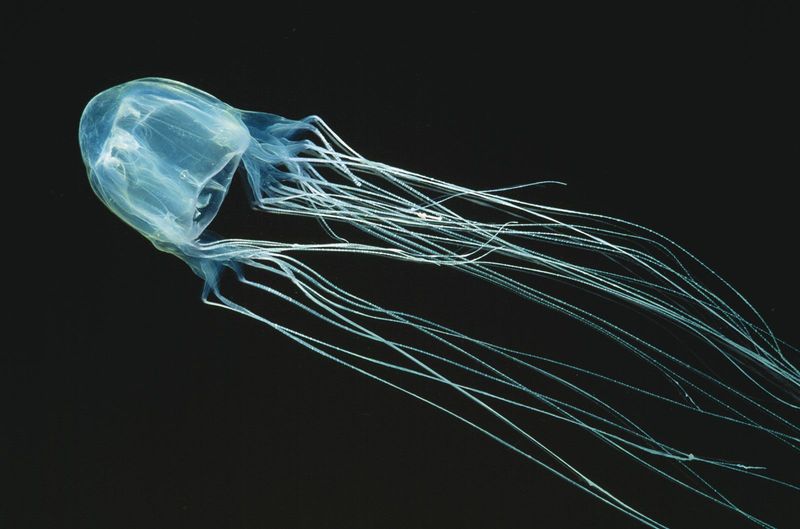
With tentacles up to 10 feet long covered in millions of stinging cells, this nearly invisible sea creature doesn’t need to be big to be deadly. Its venom attacks the heart, nervous system, and skin cells simultaneously.
Pain from a box jellyfish sting is so extreme that victims have been known to go into shock and drown before reaching shore. Some die within minutes.
8. Inland Taipan: Slender Venom Factory
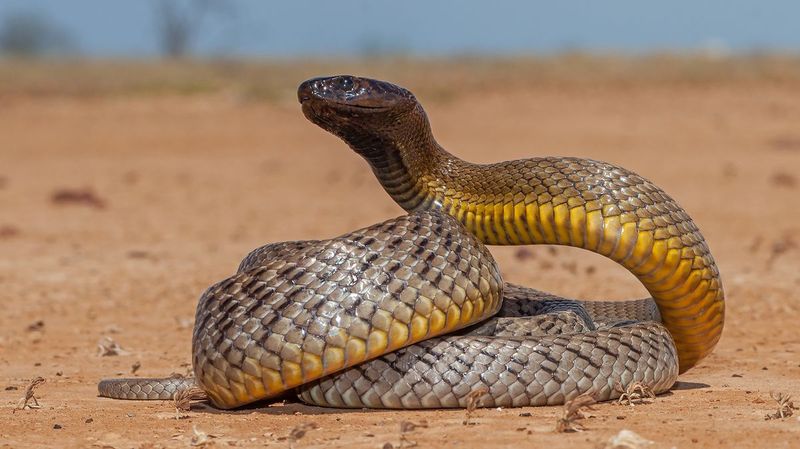
A single bite from this unassuming brown snake delivers enough venom to kill 100 adult humans. Native to remote parts of Australia, it’s thankfully shy and rarely encountered.
Its venom works with frightening efficiency, able to kill in as little as 45 minutes. Unlike some other dangerous snakes, it can strike multiple times in a single attack.
9. Stonefish: Camouflaged Spine Nightmare
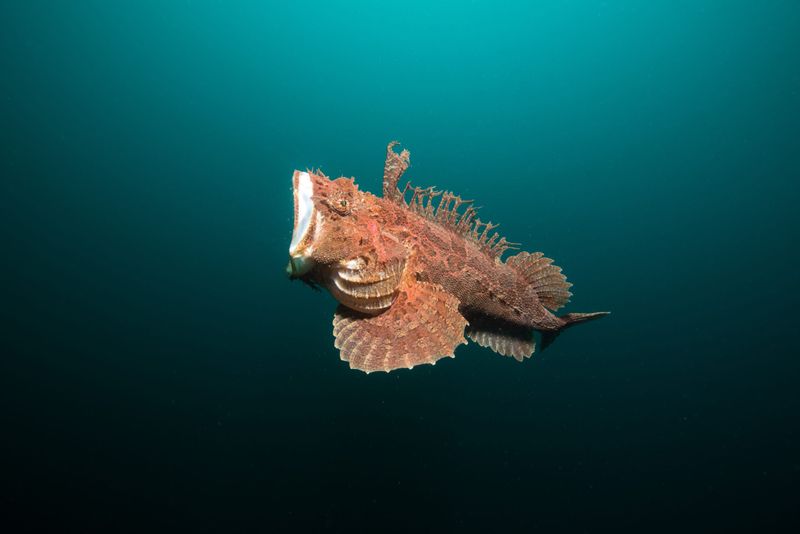
Master of disguise and champion of pain, stonefish blend perfectly with rocky seafloors. Step on one, and its 13 dorsal spines inject venom that causes such extreme agony that victims have begged to have the affected limb amputated.
Found in coastal waters of the Indo-Pacific, these ambush predators are nearly impossible to spot until it’s too late.
10. Brazilian Wandering Spider: Grocery Store Stowaway
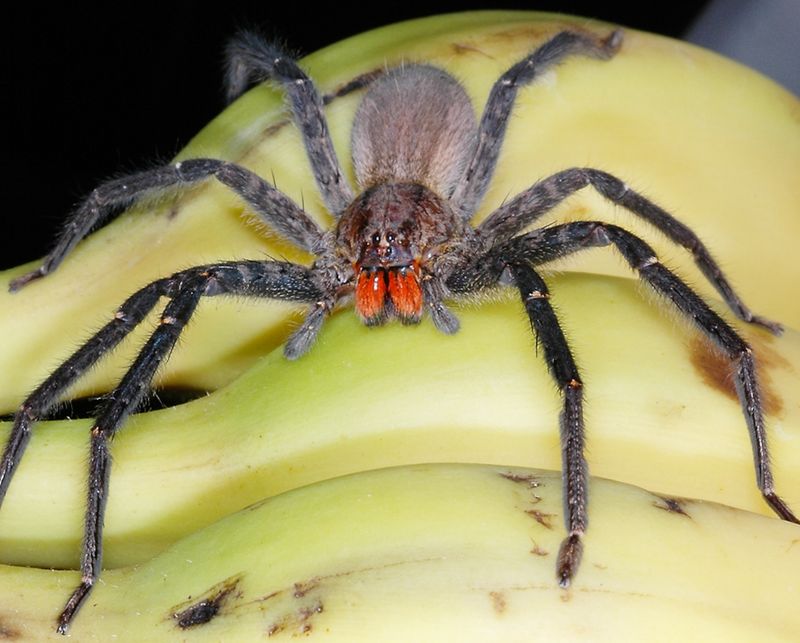
Frequently hitching rides in banana shipments, these spiders hold the Guinness World Record for most venomous spider. Their bite causes intense pain, breathing problems, and for male victims, an uncomfortable and potentially dangerous priapism.
Unlike web-builders, these spiders actively hunt at night, occasionally wandering into human dwellings seeking prey.
11. House Centipede: Harmless Speed Demon

Despite their alien appearance with numerous legs and darting movements, house centipedes are beneficial roommates. They hunt cockroaches, silverfish, and other household pests with remarkable efficiency.
While they can technically bite if handled roughly, their venom is too weak to harm humans. Think of them as free pest control with an admittedly creepy appearance.
12. Hummingbird Moth: The Insect Impersonator
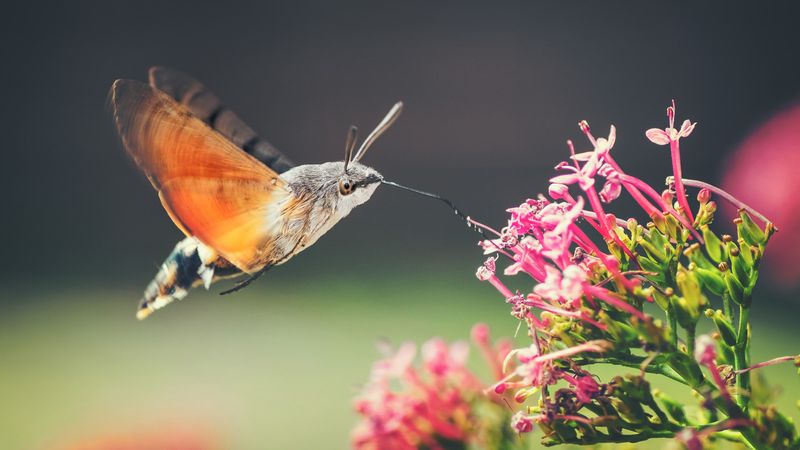
Often mistaken for actual hummingbirds, these fascinating moths hover in front of flowers and feed through a long proboscis. Garden enthusiasts sometimes panic when spotting them, fearing an unusual wasp or bee.
They’re completely harmless to humans and beneficial pollinators for your garden. Their caterpillars might munch on your plants but pose no threat to people.
13. Jumping Spider: Curious Eight-Eyed Friend
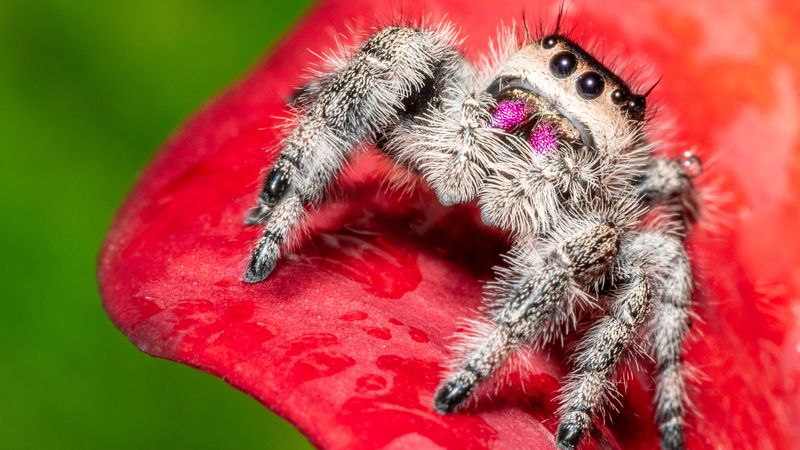
With their forward-facing eyes and head-tilting curiosity, jumping spiders are the puppies of the arachnid world. They’ll watch you with apparent interest and even follow your movements.
Most species have venom too weak to penetrate human skin. These tiny hunters use their remarkable vision and jumping ability to catch prey without webs, keeping your home insect-free.






